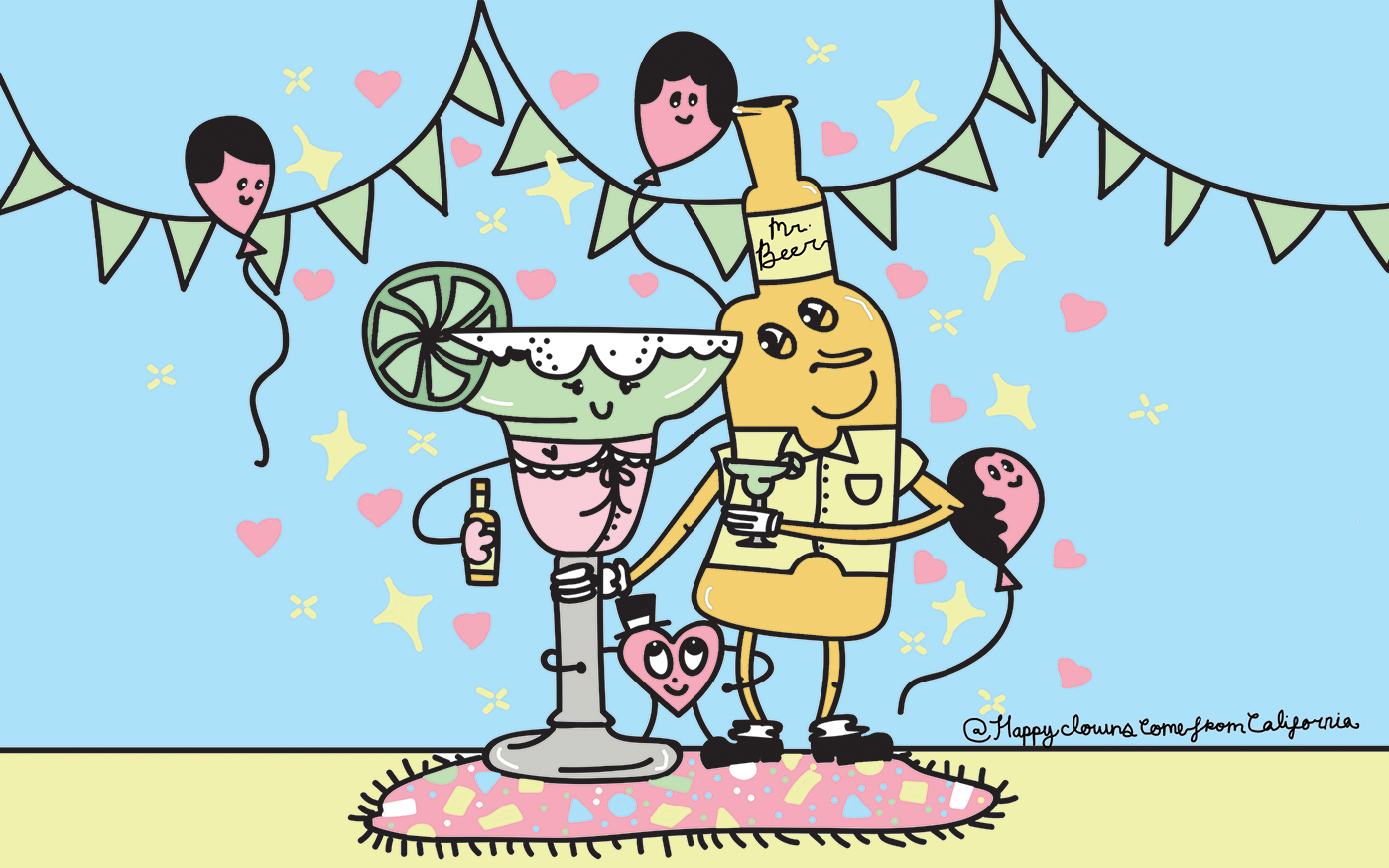
Kindred Spirits: Distilling is Brewing’s Younger Sibling
Beer & Spirits
You can be a fan of alcoholic beverages without knowing how they’re made; all that’s required is an appreciation of the flavor and drinking experience! You can enjoy both whiskey and beer without ever knowing how they’re connected. However, a whole world of history, science and arcane traditions awaits those with extra curiosity. For now, let’s just scratch the surface of the many ways in which fermentation is related to your favorite distilled spirits.
“You can be a fan of alcoholic beverages without knowing how they’re made; all that’s required is an appreciation of the flavor and drinking experience!”
First, let’s get the big thing out of the way: There is no whiskey without making beer first. More broadly, all alcohol is produced by the fermentation of simple sugars into ethanol by our little friends microflora, such as yeast. Making spirits from these fermented base sources requires a further process—distillation. The key here is that ethanol has a lower boiling point than water. By heating the liquid and collecting the vapor, you can concentrate the ethanol and leave the majority of water behind, creating a distilled spirit. The source of the original fermented sugar often determines what the beverage is called once either process is finished. For example, sugar from fruit is fermented into wine or cider, and distilled into brandy. To produce whiskey, distillers first ferment a “mash” of grain into what they call a “distiller’s beer.” In this way, distillers and brewers are intrinsically intertwined.
The connections between spirits and brewers don’t end there. The most common form this takes are barrel-aged beers. After being distilled, many beverages are aged in wooden casks to mellow and flavor them. Once the spirit is deemed acceptable and the cask emptied, it often can no longer be used again. This has created a secondary market where brewers receive the casks and then age beers in them, imparting some of the spirit’s flavors to the result. A bourbon-barrel-aged imperial stout is perhaps the most common version of this, but barrels that hold rum, tequila, gin and various liqueurs can all be used to great effect.
“Let’s get the big thing out of the way: There is no whiskey without making beer first.”
Lastly, beer cocktails provide a space for the finished products to mingle and elevate each other. Wine cocktails are more common and classic (think a French 75), but using beer as a mixer to create a unique expression of a spirit is becoming increasingly popular. Here you can mix the strength and intensity of a cocktail base with a beer that complements it to create something truly unique and refreshing. Whatever your favorite between beer and spirits, you can enjoy taking pleasure in both with the knowledge that they are inextricably linked.
